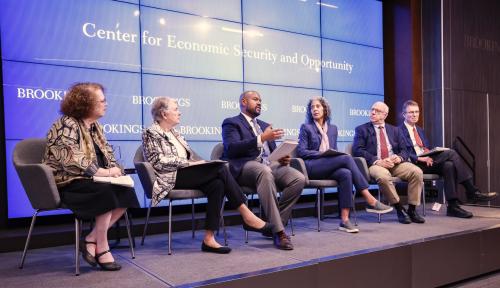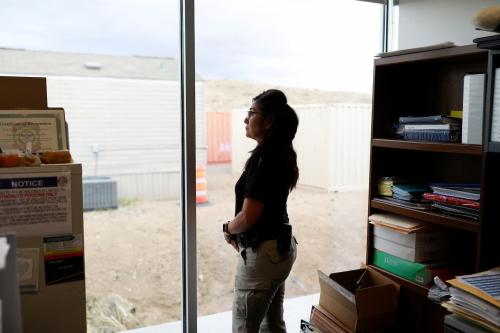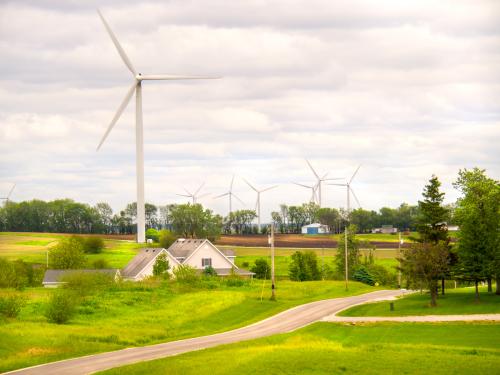Executive Summary
Political polarization in the United States has a number of causes, ranging from media hype to gerrymandering to hyper-ideological elites to cultural “sorting” between the parties. But there is another key contributor that is frequently overlooked: demographic and geographic changes in the electorate that have altered the sizes of different population groups and even shifted their political orientations over time. These changes have helped produce the current deadlock between coalitions of roughly equal size and opposed outlooks. But these same changes—since they will continue to alter group sizes and political orientations in the future—could also provide the impetus for unlocking this polarization and policy gridlock in the future.
Here are the kind of changes that could determine whether the color-coded political alignments seen today are durable or whether they are likely to change—perhaps dramatically—in the next decade or two. Groups, such as Hispanics and Asians, are growing rapidly, while others, such as the white working class, are declining. Outer suburbs and exurbs are experiencing exceptionally fast population growth. Population migration favors some states and regions at the expense of others. Immigration is changing the face of communities far from the coasts, deep in the South and in America’s heartland. Family structure is shifting, as married households with children decline and single and alternative households increase. Education levels continue to rise and the occupational structure of the country continues to shift away from manufacturing and unskilled work. Women play an increasingly strong role in every facet of the economy and society. A younger generation, whose attitudes are quite different from older generations and whose diversity is unprecedented, is on the rise. At the other end of the age structure, the baby boom generation is transforming the nature of the senior population. The ranks of highly observant Christian evangelical denominations are increasing but so are the ranks of the secular, the highly nonobservant, and those who practice nontraditional religions.
Some of the trends listed above are geographical in nature, but even those that are not will vary in level and intensity by geographic area. And geographic trends themselves vary in their effects on, and relation to, demographic groups. Therefore, a combination of demographic and geographic research is necessary when studying each of these individual trends and their likely effects on current political divisions. We need to understand not only how the populations, of say, Hispanics or of married households with children are growing and changing, but we also need to understand where these populations are likely to be living—which regions, states, metropolitan areas and communities within metropolitan areas (city, inner or outer suburb, exurb, etc.). Only in this way will we be able to decode the probable impact of demographic/geographic trends on our current regional and state political alignments.



